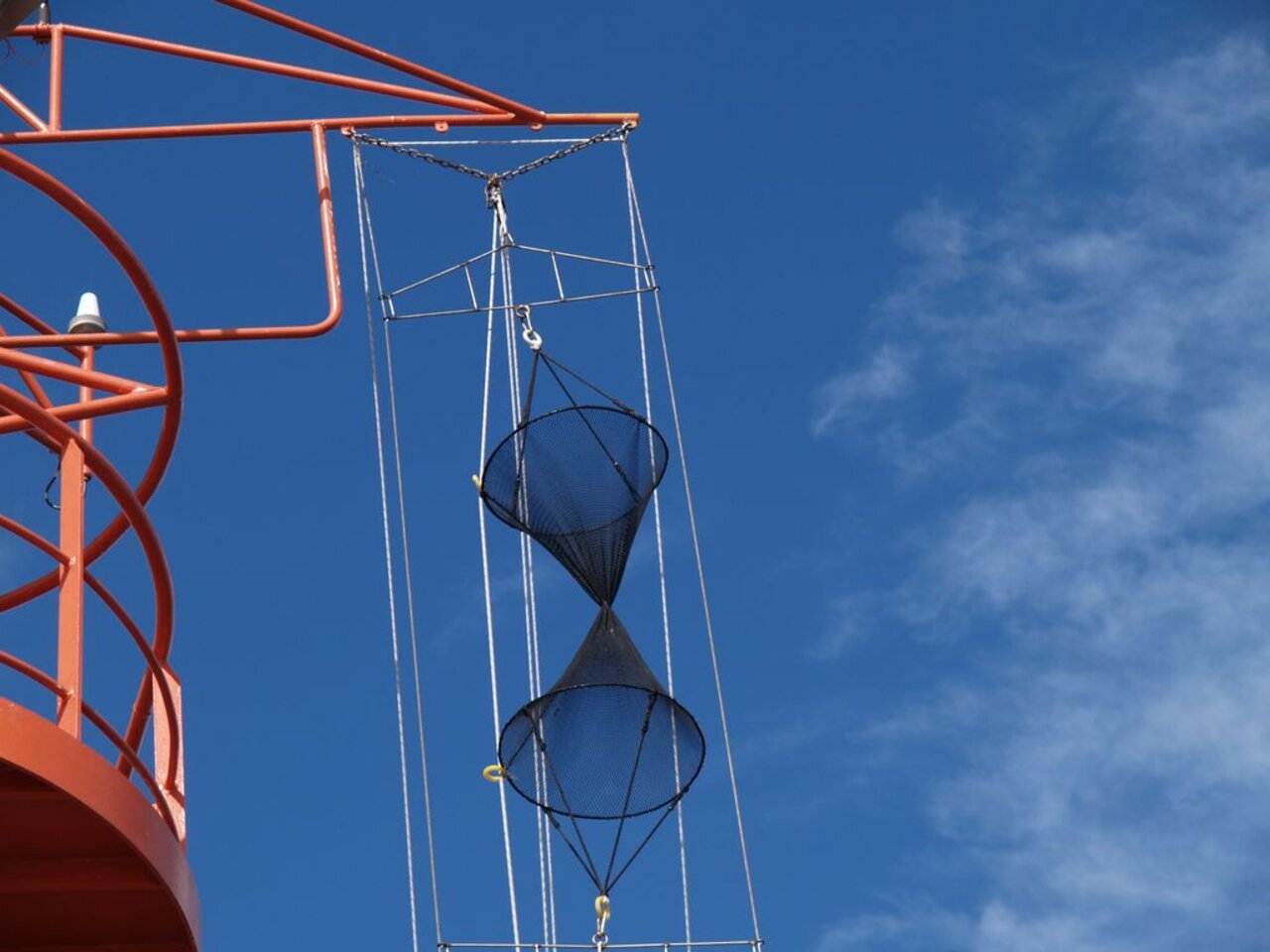Project
MODUM project: Chemical munitions in the sea

MODUM project: Towards the monitoring of dumped munitions threat in the Baltic Sea
Tens of thousands of tons of chemical munitions and warfare agents were dumped in the Baltic Sea after the end of World War 2. We are investigating potential threats for the Baltic Sea ecosystem and develop concept for a regular monitoring.
Background and Objective
The NATO-funded international MODUM project aims at developing concepts and strategies for monitoring and assessment of ecological risks posed by dumped chemical munitions in the Baltic Sea. The applicability of moored sensor installations, remotely operated (ROV) and autonomous underwater vehicles (AUV) for identification and characterisation of munitions and warfare agents is evaluated. Furthermore, ecological risks are analysed by studying biological effects of chemical warfare agents in fish.
Approach
Four Baltic Sea areas are studied that are either official dumpsites of chemical munitions (Bornholm Basin, Gotland Basin, Little Belt) or are suspected to be used as areas for dumping operations (inner Flensburg Fjord, Gdanks Deep).Remotely operated and autonomous underwtare vehicles are employed for identification and characterisation of dumped munitions In addition, the scientists take sediment samples for chemcal analyses of chemical warfare agents and their degradation products. Furthermore, studies on the health status of Baltic Sea are conducted in dumping and reference areas. The Thünen Institute of Fisheries Ecology contributes to the project through the use of RV Walther Herwig III as one of the research platform and is responsible for studies on fish diseases.
Our Research Questions
Do dumped chemical munitions and chemical warfare agents pose ecological risks for the Baltic Sea?
Which methods are appropriate to identify and assess these risks within a monitoring programme?
Are there differences in health status of Baltic Sea fishes from dumping areas for chemical warfare agents and from reference areas?
Results
Preliminary results (including those obtained in the previous CHEMSEA project) indicate a worse health status and a lower fitness of cod (Gadus morhua) from the dumpsite east of the Island of Bornholm compared to reference areas considered to be unimpacted by munitions. However, cod from other known or suspected dumpsite of chemical munitions did not show differences to fish from the reference areas. The studies will be continued.
Links and Downloads
www.iopan.pl/projects/MODUM/
Duration
10.2013 - 9.2016
More Information
Project funding number: NATO EAP.SFPP 984589
Project status:
finished
Publications
- 0
Lang T, Kotwicki L, Czub M, Grzelak K, Weirup L, Straumer K (2017) The health status of fish and Benthos communities in chemical munitions dumpsites in the Baltic Sea. In: Beldowski J, Been R, Turmus EK (eds) Towards the monitoring of dumped munitions threat (MODUM). Dordrecht: Springer Netherlands, pp 129-152

![[Translate to English:] [Translate to English:]](/media/_processed_/2/9/csm_Embryo-Exp_Gelege_9F_dpf5-200513111619_c8534a8199.jpg)
![[Translate to English:] [Translate to English:]](/media/_processed_/2/9/csm_Embryo-Exp_Gelege_9F_dpf5-200513111619_9027994d44.jpg)





